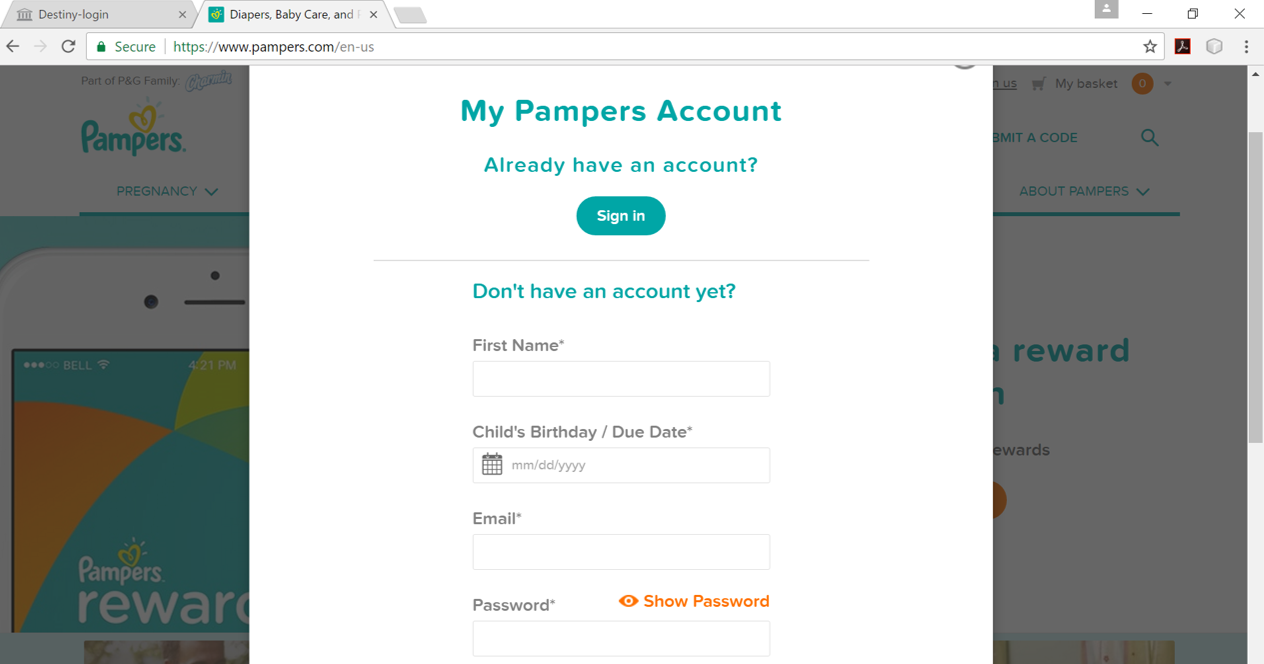-
Digital Marketing
Digital Marketing
New Media, New Imperatives
People Power
Engaging with Consumers in Cyberspace
Word-of-Mouth and Brand Meaning Management
Heightened Accountability
Dove Bottle Advertisement
Market Globalization
Marketing to Individuals
Media Convergence
Data Power
What Works Online
Sugarpova
Chobani
Building Online Assets
Apps
Content is King
Personalization
Buzz (word-of-mouth) Marketing
Growth of Advertising on the Internet
Advertising on the Internet
Outbound Advertising
Inbound Advertising
Viral Advertising
Digital Advertising Formats
Targeting
Mobile Advertising
Search Advertising
Social Media Advertising
- New Media
- Digital Marketing
- YouTube
- Social Media Analytics
- SEO
- Search Advertising
- Web Analytics
- Execution
- Case — Prop-GPT
ThinkBusiness: Dollars, Digits and Data
Today: Dollars, Digits and Data
ThinkBusiness: Disrupting marketing
Dove Bottle Ad
ThinkBusiness: Social Cloisters and Fake News
- Marketing Education
- Is Marketing Education Fluffy and Weak?
- How to Choose the Right Marketing Simulator
- Self-Learners: Experiential Learning to Adapt to the New Age of Marketing
- Negotiation Skills Training for Retailers, Marketers, Trade Marketers and Category Managers
- Simulators becoming essential Training Platforms
- What they SHOULD TEACH at Business Schools
- Experiential Learning through Marketing Simulators
-
MarketingMind
Digital Marketing
Digital Marketing
New Media, New Imperatives
People Power
Engaging with Consumers in Cyberspace
Word-of-Mouth and Brand Meaning Management
Heightened Accountability
Dove Bottle Advertisement
Market Globalization
Marketing to Individuals
Media Convergence
Data Power
What Works Online
Sugarpova
Chobani
Building Online Assets
Apps
Content is King
Personalization
Buzz (word-of-mouth) Marketing
Growth of Advertising on the Internet
Advertising on the Internet
Outbound Advertising
Inbound Advertising
Viral Advertising
Digital Advertising Formats
Targeting
Mobile Advertising
Search Advertising
Social Media Advertising
- New Media
- Digital Marketing
- YouTube
- Social Media Analytics
- SEO
- Search Advertising
- Web Analytics
- Execution
- Case — Prop-GPT
ThinkBusiness: Dollars, Digits and Data
Today: Dollars, Digits and Data
ThinkBusiness: Disrupting marketing
Dove Bottle Ad
ThinkBusiness: Social Cloisters and Fake News
- Marketing Education
- Is Marketing Education Fluffy and Weak?
- How to Choose the Right Marketing Simulator
- Self-Learners: Experiential Learning to Adapt to the New Age of Marketing
- Negotiation Skills Training for Retailers, Marketers, Trade Marketers and Category Managers
- Simulators becoming essential Training Platforms
- What they SHOULD TEACH at Business Schools
- Experiential Learning through Marketing Simulators
Personalization

Exhibit 19.11 Explicit Personalization: Old Pampers website uses details provided by the users to personalize their experience on the site.
When a mother visits www.Pampers.com, the content on the website is filtered and displayed according to her baby’s age group. Similarly, if she has an account with Amazon, the company’s website recommends her products that match her tastes and preferences.
This ability to personalize user experiences is a key advantage that online has to offer. It is also a much-needed capability because websites are often overloaded with content — Amazon, for instance, with about 50 million books (2022) listed on its site, has a very long tail.
Personalization customizes the users’ interaction by bringing to the foreground content that is of greater relevance to them. The goal is to deliver the right content, to the right person, at the right time.
There are broadly two types of personalization — prescriptive personalization and adaptive personalization.
Prescriptive personalization is driven by a set of predefined rules or business logic, which may consider various factors such as the user’s profile, on-site behaviour, landing page, referral source (e.g., search engine), context (e.g., search query, time of day, season), location, transaction details, and more. Users are segregated into profile-based groups or “personas”, and content is tailored for each persona.
Prescriptive personalization is further categorized into two forms — explicit and implicit. Explicit personalization is based on information explicitly provided by the user. For example, in an earlier version of Pampers.com, parents could use a slider scale to set their baby’s age or provide their baby’s birth date when creating an account (as shown in Exhibit 19.11).

Exhibit 19.12 Implicit Personalization: Property site www.prop-gpt.com tracks online behaviours to determine the users’ preferences, and filter out properties (similar post) that they might be interested in.
Implicit personalization does not require a user to create an account or provide any details. It tracks the user’s behaviours, their clicking activity, to determine the user’s preferences and accordingly filters the content. The current Pampers and Amazon websites take this approach. Based on what the parent is browsing, Pampers can quite easily gauge their baby’s age.
The Amazon website utilizes a type of user basket analysis to display products that were purchased by other customers who shopped for the same items as the user. This approach enables the website to recommend related products that are likely to be of interest to the user, based on the purchasing behaviour of similar customers.
E-commerce sites, including property portals use implicit personalization to keep users interested and engaged. For example, www.prop-gpt.com tracks user online behaviour to identify their preferences and filter out properties (as shown in the similar post section of Exhibit 19.12) that are likely to be of interest to them.
Adaptive personalization does not require set up — the system itself creates the logic and rules that govern what content is to be displayed. Historical behaviour of website users is modelled to categorize users and their preferences, and this data is used to personalize content.
The ability for sites to self-manage customization makes adaptive personalization much easier to implement and maintain than prescriptive customization. It is therefore a compelling option for sites that are seeking the benefits of personalization.
Previous Next
Use the Search Bar to find content on MarketingMind.
Contact | Privacy Statement | Disclaimer: Opinions and views expressed on www.ashokcharan.com are the author’s personal views, and do not represent the official views of the National University of Singapore (NUS) or the NUS Business School | © Copyright 2013-2025 www.ashokcharan.com. All Rights Reserved.





